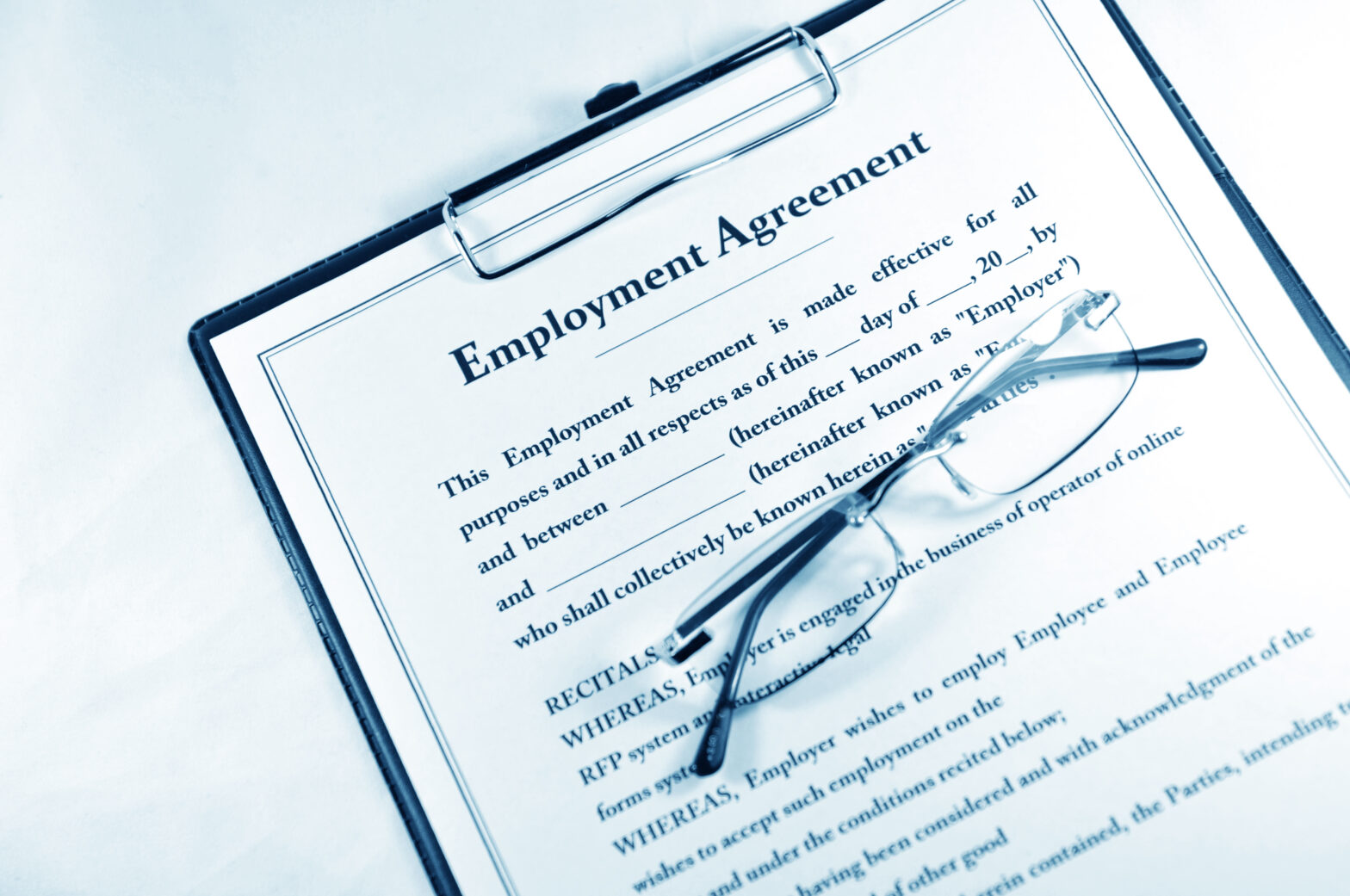By now UK business owners should be in some way familiarised with the basic concept of ‘auto-enrolment’. Auto-enrolment is the name by which the government’s new pension legislation has been branded and will require many businesses of all sizes to change their current practices regarding pensions.
This may naturally strike fear into the hearts of many a small business owner that already contends with a swathe of red tape, but with the right advice auto-enrolment need not represent the upheaval that one may initially imagine.
Where in the past the government has adopted a somewhat laissez-faire attitude towards private pension provision, the new measures represent solid legislation for which businesses will have no choice but to address.
It could be argued the legislation is mainly targeting small and medium-sized businesses so that the likes of shop workers and other low pay staff are incorporated into workplace pension schemes. Some of you may be familiar with the stakeholder pension initiative pushed by the government as of 2001. This was merely an initiative that would encourage the individual or the company to pursue pension provisions.
Auto-enrolment is binding in the sense that an employee will automatically opt in to a scheme although retaining the option to leave. Not everybody needs to panic just yet as the roll-out is staggered for the next five years beginning 1st October 2012. Businesses with less than 30 eligible employees won’t be included until around 2017.
Those with 50 to 249 staff will need to be in line between April 2014 and April 2015. The legislation will immediately be adopted by 9 of the UK’s largest companies. Despite the extended time frame businesses of all sizes needs to begin to prime themselves for the changes immediately rather than linger in a state of confusion, this includes employers that hire a sole member of staff to employers who manage an army of workers.
The government’s NEST scheme will fill many gaps in the post auto-enrolment pension market but companies are free to find their own occupational schemes to incentivise workers with more appealing packages. Minimum employer contributions under auto-enrolment shouldn’t be overly taxing; 1 per cent in 2012 rising to 3 per cent in 2017.





